Explanation
Mureunggyegok Valley, between Dutasan Mountain and Cheongoksan Mountain, refers to a four-kilometer stretch from Hoamso Pond to Yongchupokpo Falls upstream. The waters of Mureunggyegok Valley flow over wide sheets of rock and into the cracks between them, forming large and particularly nice ponds along the path. Starting at Mureung Rock, a wide sheet of single rock on which hundreds can sit, the valley trail twists and turns as it passes Samhwasa Temple, Haksodae, Ongnyudong, and Seonnyeotang Ravine, all the way to Ssangpokpo and Yongchupokpo Falls, providing breathtaking scenery along the way. Also known as Arcadia, scholars and poets frequented the valley in times past, and the 5,000 square meters of Mureung Rock bears the inscribed names of some of these poets and their work. The valley offers a medley of curious-looking rocks and stones, and other odd scenery that attracts many tourists.
Inquiry
Mureunggyegok Valley Facility Management Office +82-33-539-3700
Homepage
www.dhsisul.org (Korean only)
Information Use
Contact and Information : • 1330 Korea Travel Hotline: +82-2-1330
(Korean, English, Japanese, Chinese)
• For more info: +82-33-539-3700
Parking facilities : Available
Hours : 09:00-18:00
* July-August 06:00-20:00
* November-February 08:00-17:00
More information
Hiking Course
[Course 1] Management Office → Samhwasa Temple → Haksodae → Gwaneumpokpo Falls → Ongnyudong (25min one-way)
[Course 2] Management Office → Ongnyudong → Seonnyeotang Ravine → Ssangpokpo Falls, Yongchupokpo Falls (40min one-way)
[Course 3] Management Office → Ongnyudong → Dutasanseong Fortress Entrance → Dutasanseong Fortress (50min one-way)
[Course 4] Management Office → Samhwasa Temple → Gwaneumam Hermitage Entrance → Gwaneumam Hermitage (50min one-way)
Restrooms
Available
Parking Fees
Small vehicles 2,000 won / Large vehicles 5,000 won
Admission Fees
Individuals: Adults 2,000 won / Teenagers 1,500 won / Children 700 won
Groups: Adults 1,500 won / Teenagers 1,000 won / Children 500 won
* Group: 30 people or more
* Free admission: Senior citizens (ages 65 and older), Preschoolers (ages 6 and under)
Location
538, Samhwa-ro, Donghae-si, Gangwon-do
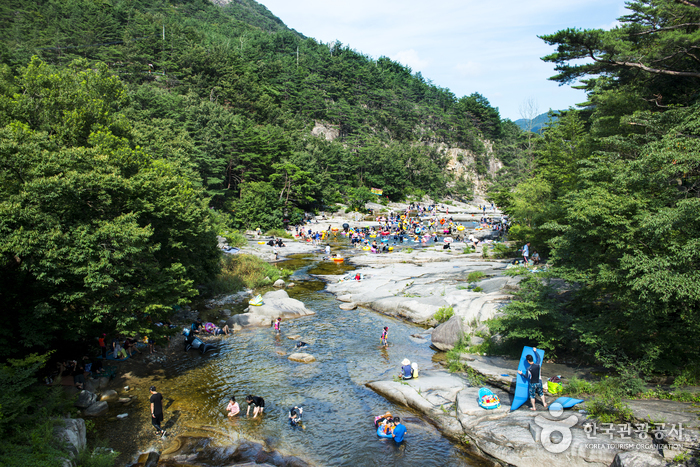
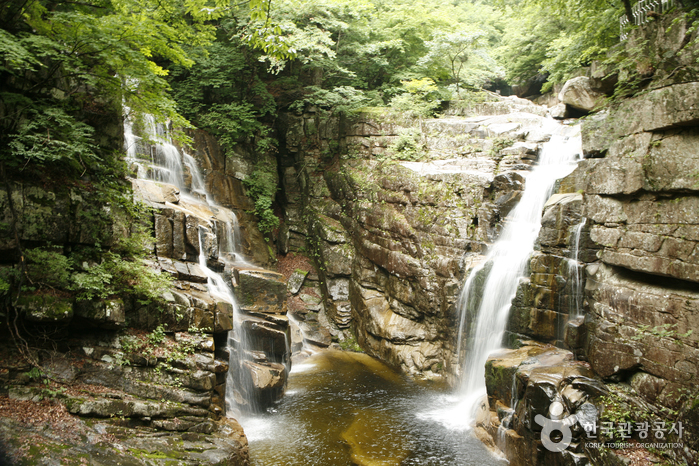
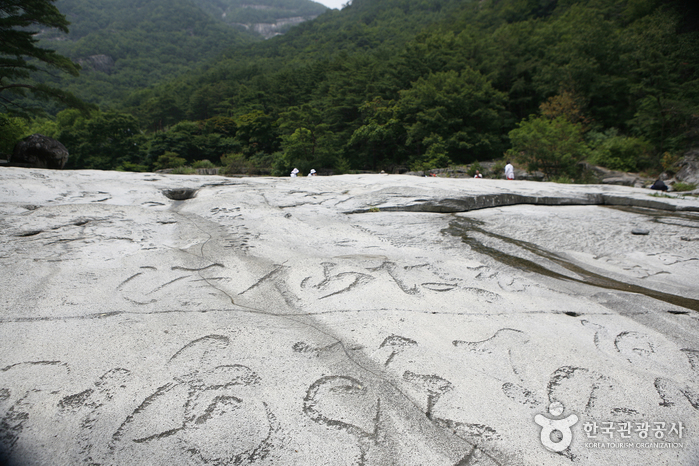
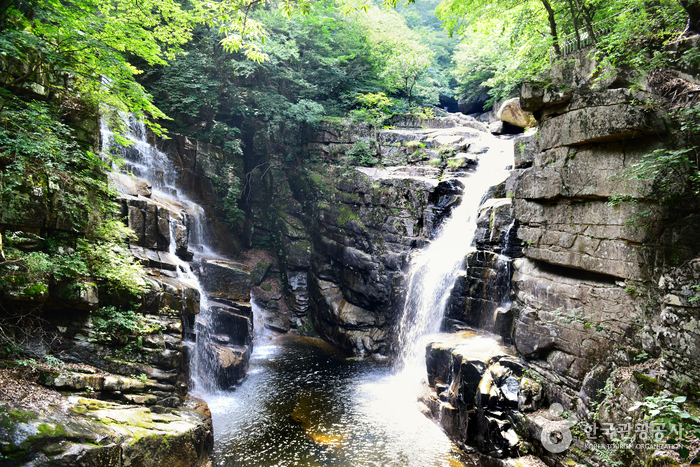
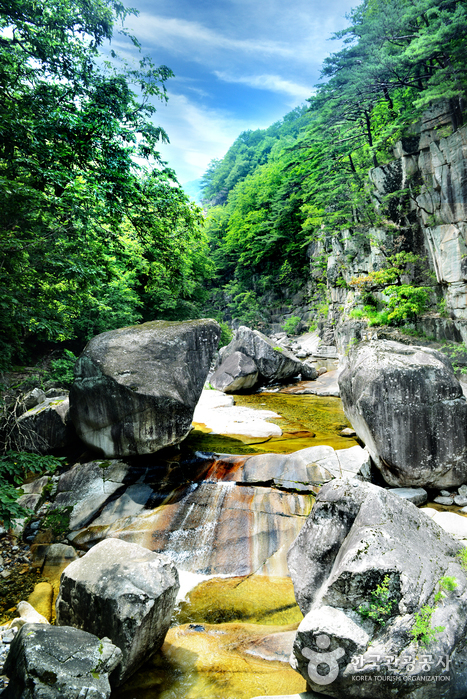
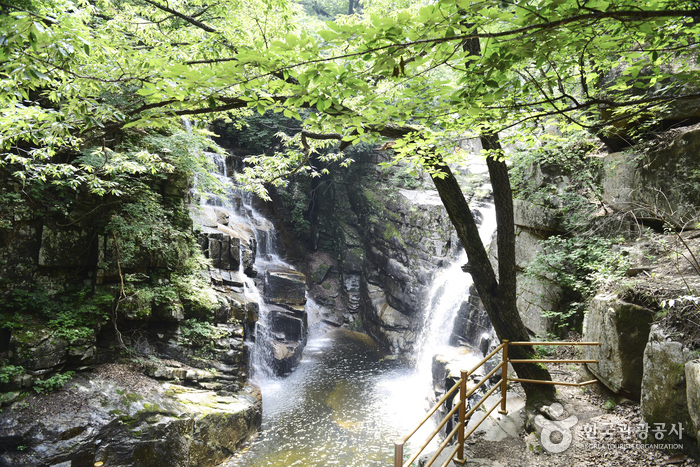

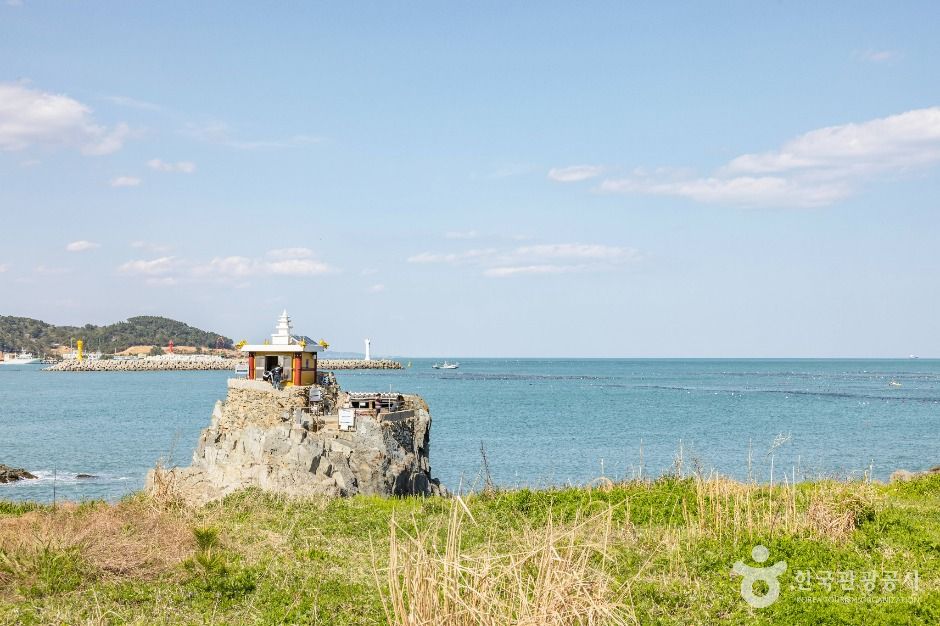
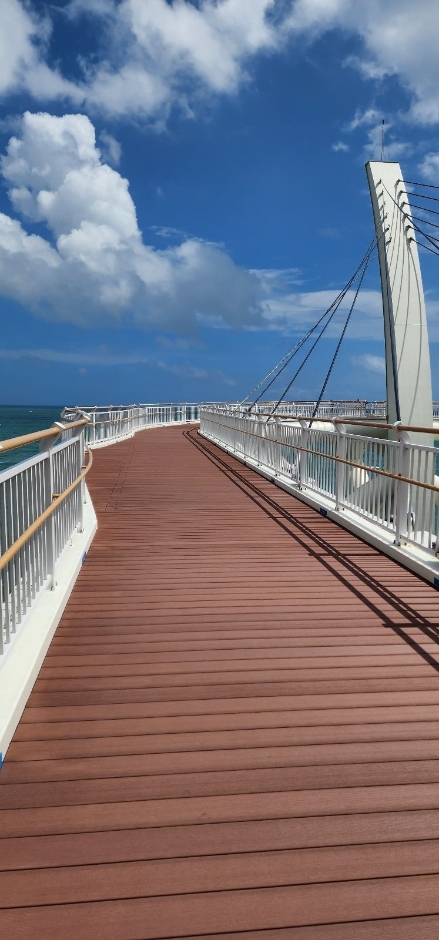
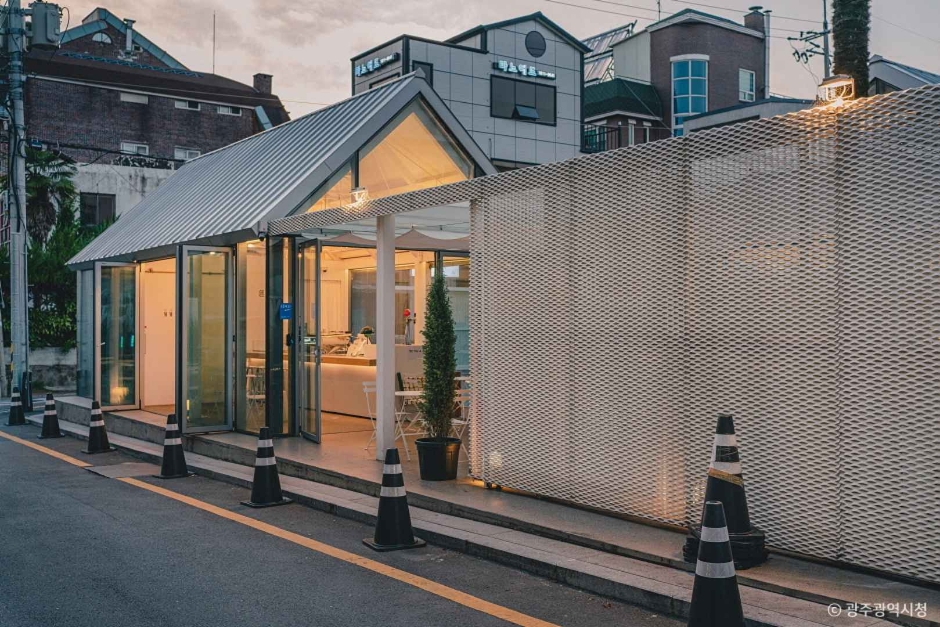
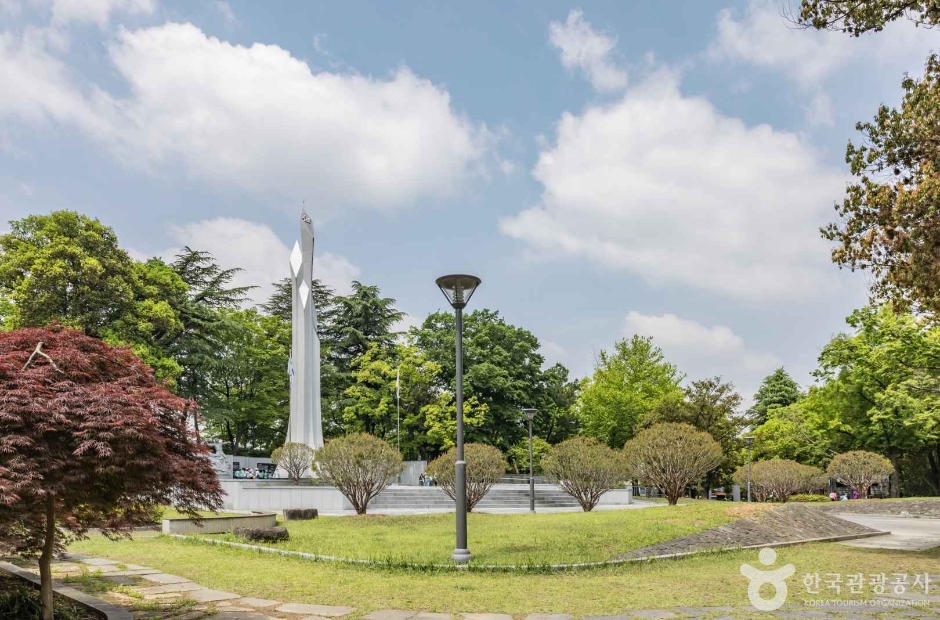
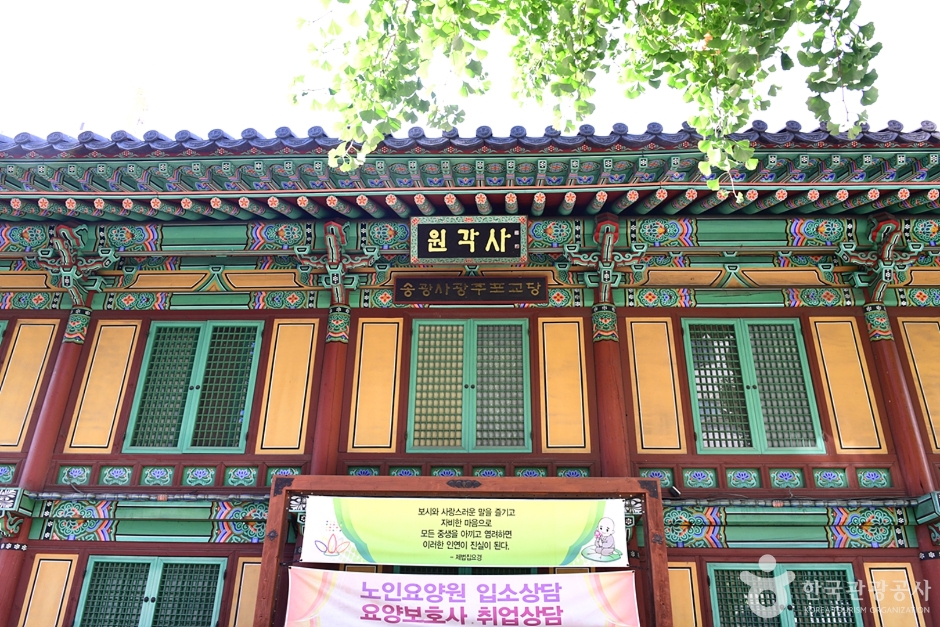
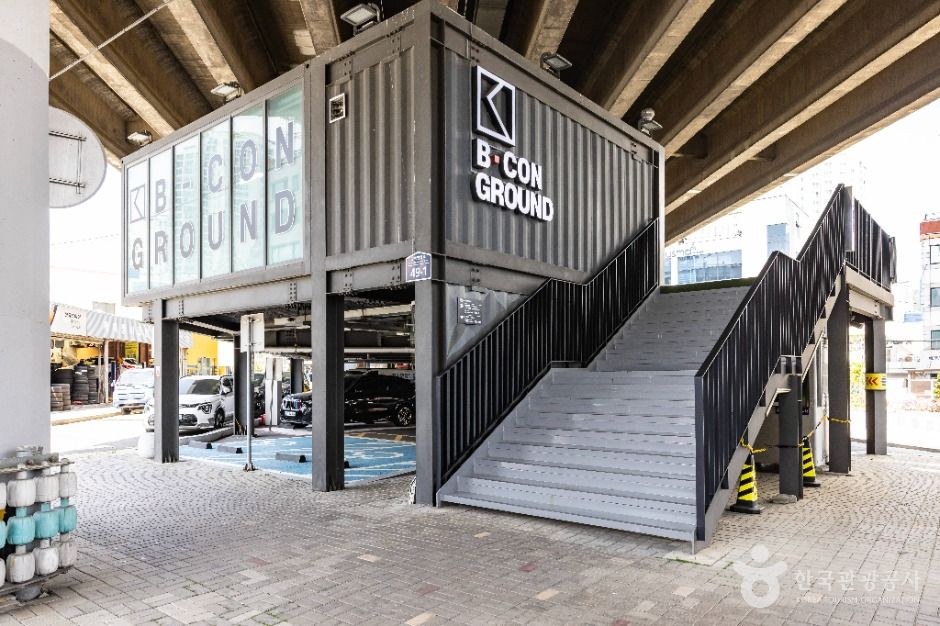

 English
English
 한국어
한국어 日本語
日本語 中文(简体)
中文(简体) Deutsch
Deutsch Français
Français Español
Español Русский
Русский